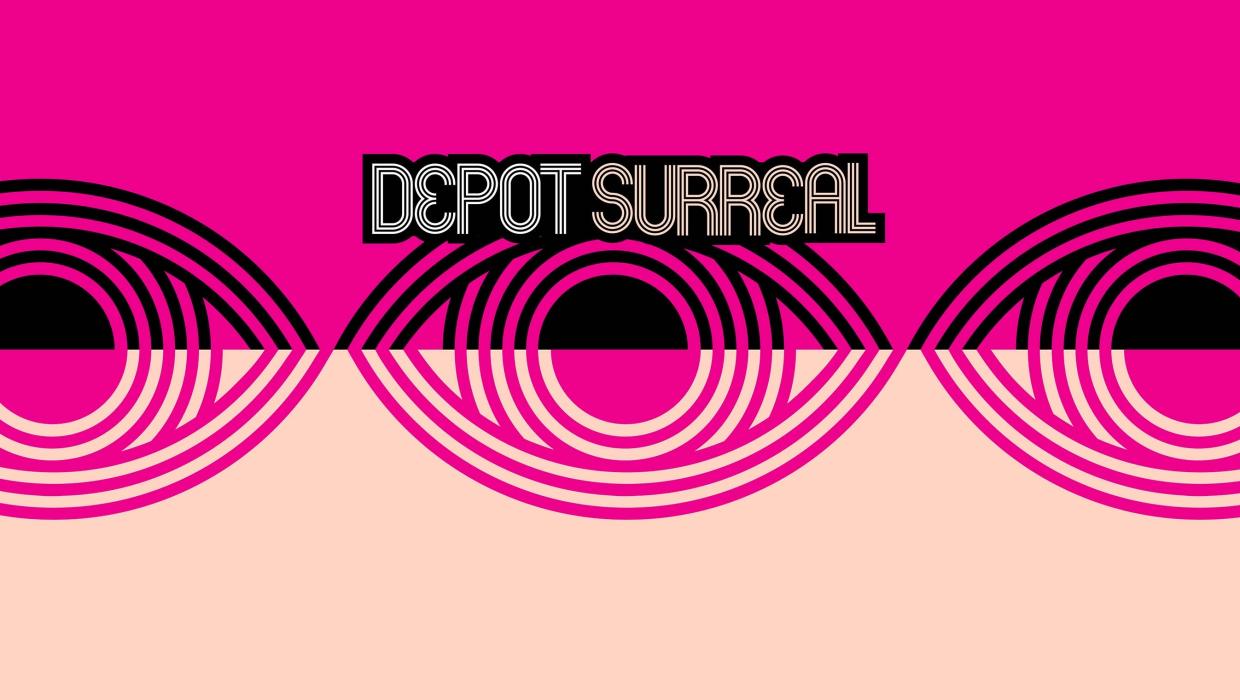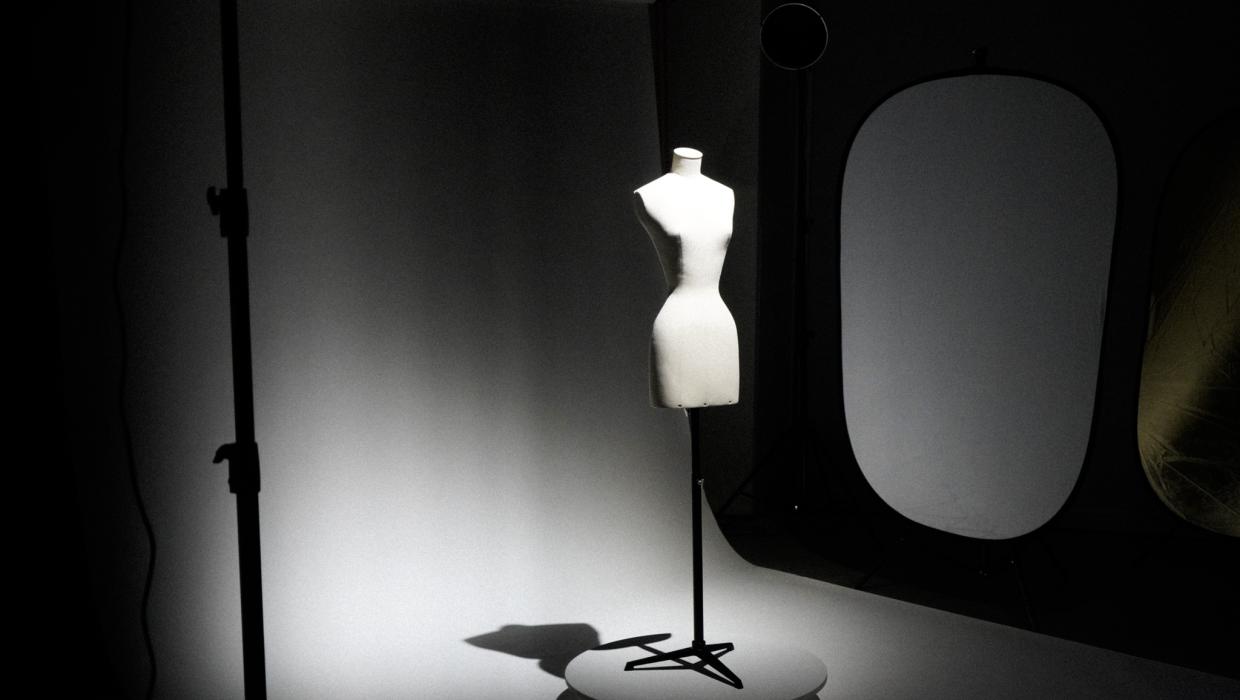

Rhonda Zwillinger
Rhonda Zwillinger (66) is back. After an absence of twenty years, Museum Boijmans Van Beuningen proudly presents an exhibition by ‘Arizona’s desert queen’.

Turning point
Rhonda Zwillinger’s story is remarkable. When she had her artistic breakthrough in the 1980s she was part of the lively East Village scene in New York. She was perfectly at home among the artists who turned their backs on the established art world and showed their work in apartment galleries, empty buildings and nightclubs. However, at the beginning of the 1990s Zwillinger’s life changed drastically. She developed a hypersensitivity to chemicals, including the materials she worked with. Seeking an environment with as few allergens as possible, a small house on the edge of the desert in Arizona became her new studio. Zwillinger documented this turning point in her photo project The Dispossessed (1998) about people who are driven to the edge of society by disease. Since then she has gradually found a new way to express herself.

Humorous
Zwillinger still works with beads but she no longer uses glues and adhesives. She threads the beads onto string and uses the old handwork techniques that her Russian grandmother taught her. She attaches the strings of beads to objects that are seen as symbols of hard (masculine) labour: rusty spades, agricultural machinery components and other things she has found during her walks in the desert.
Fragile
The museum is presenting Zwillinger’s work in the four vitrines of the Cloverleaf. Each showcase contains work from a different phase of her life, from her early New York work to the monumental wall sculpture Digging Deep (2014-16), which symbolises Zwillinger’s struggle to conquer her condition. The four spaces are connected by an installation developed specially for this occasion. Inspired by Man Ray’s work Restored Venus in the museum’s collection, it establishes a connection with the museum’s main spring exhibition, 'Mad About Surrealism'.




